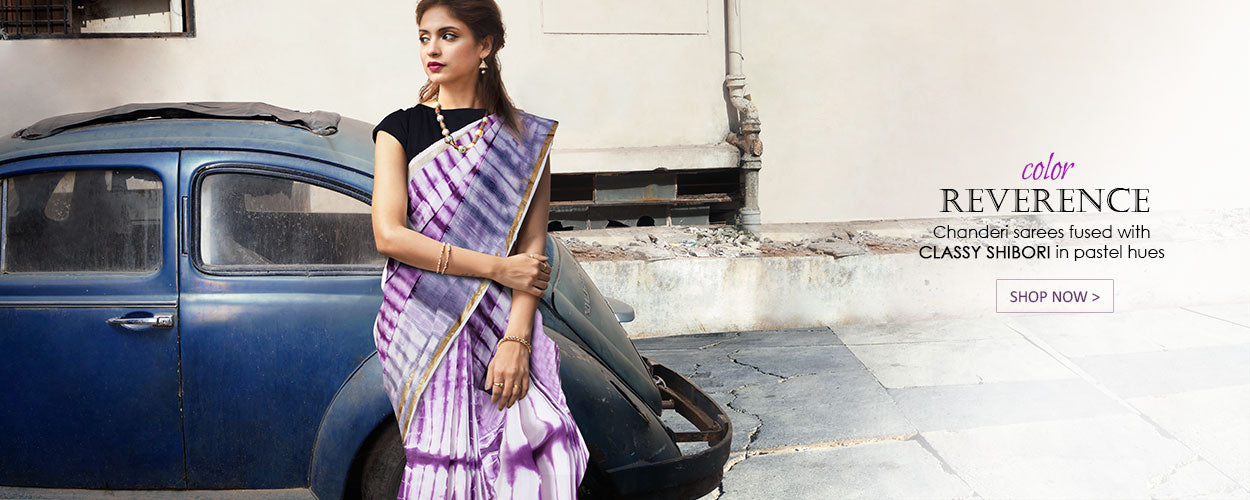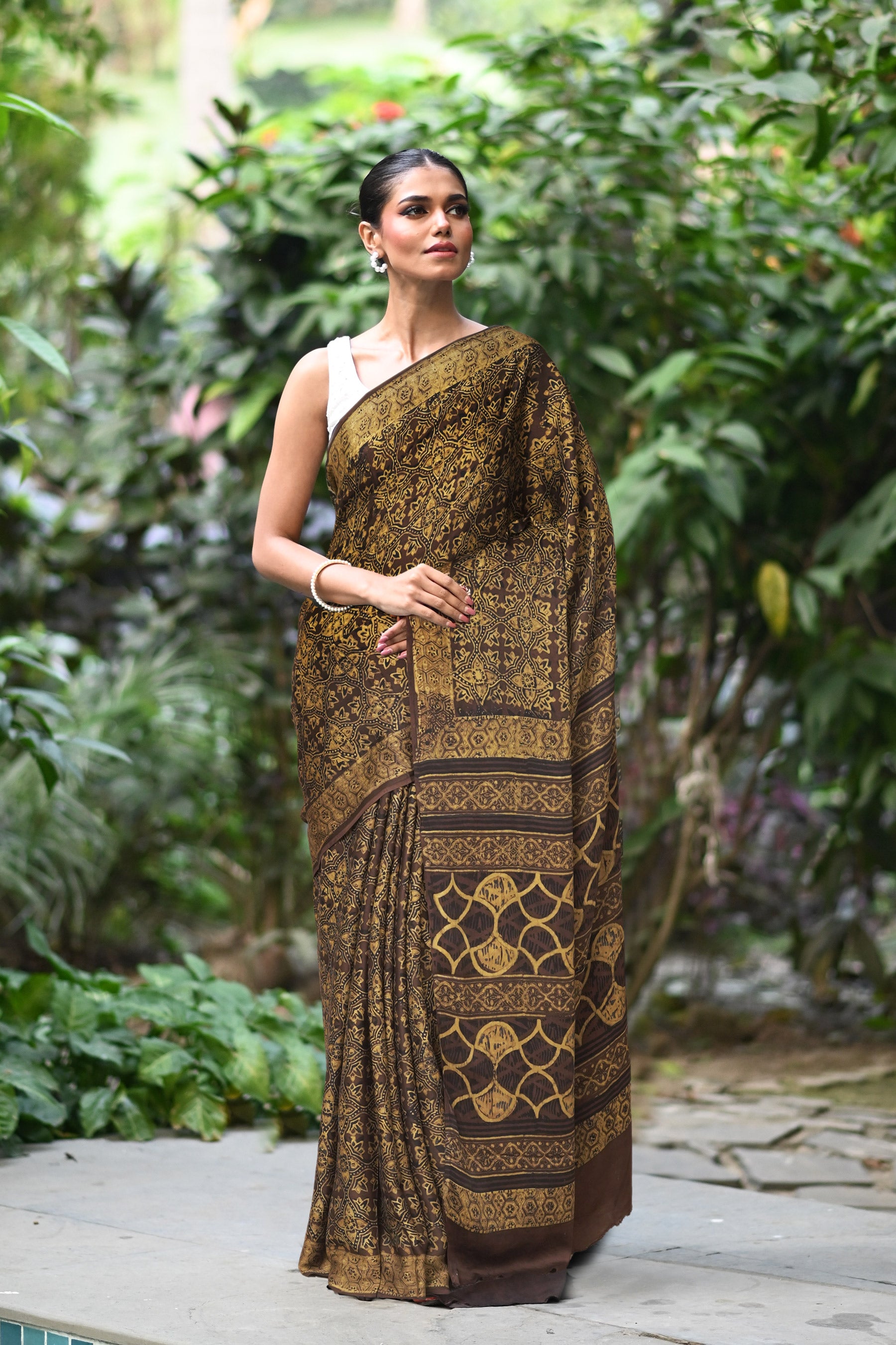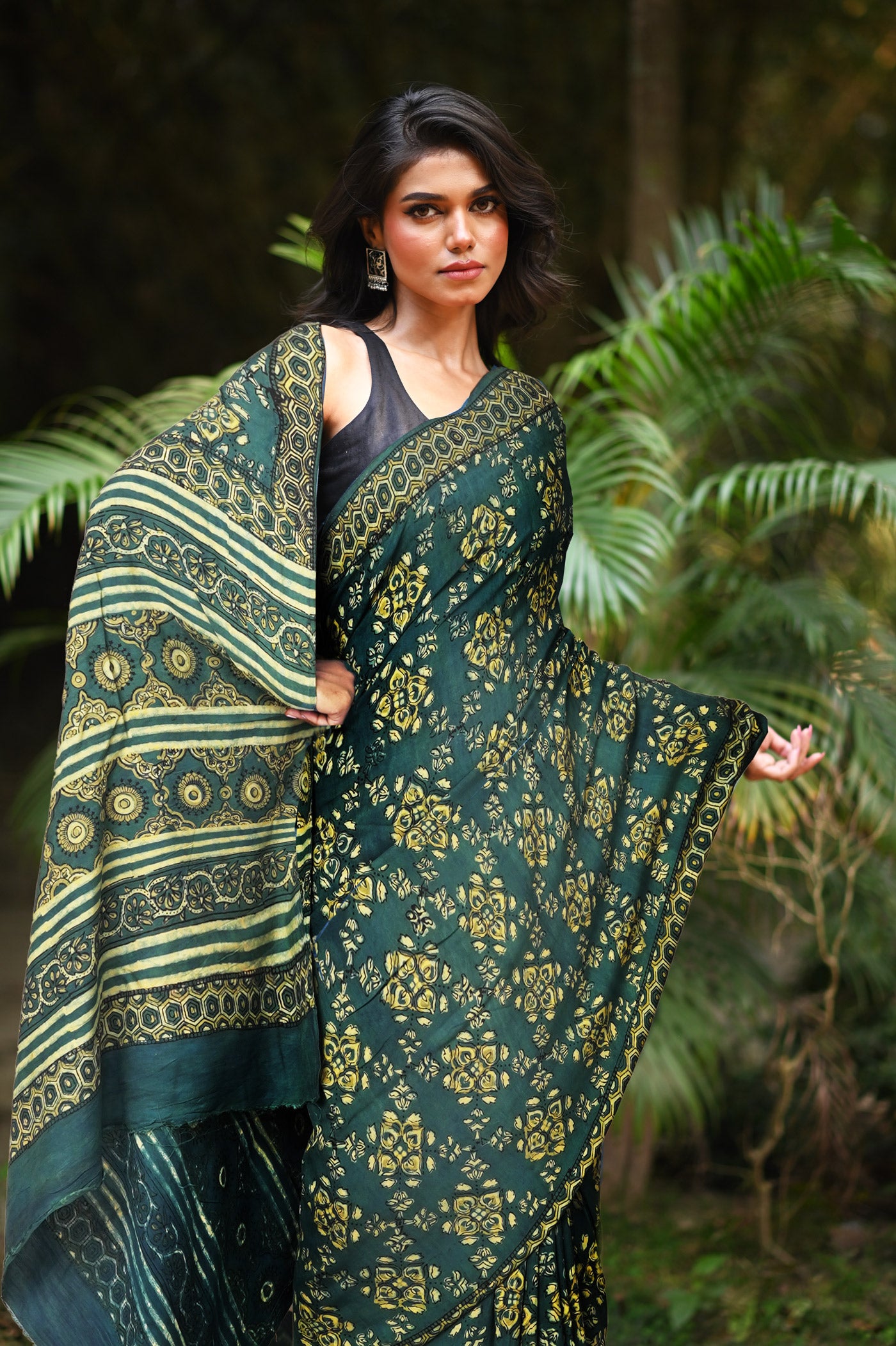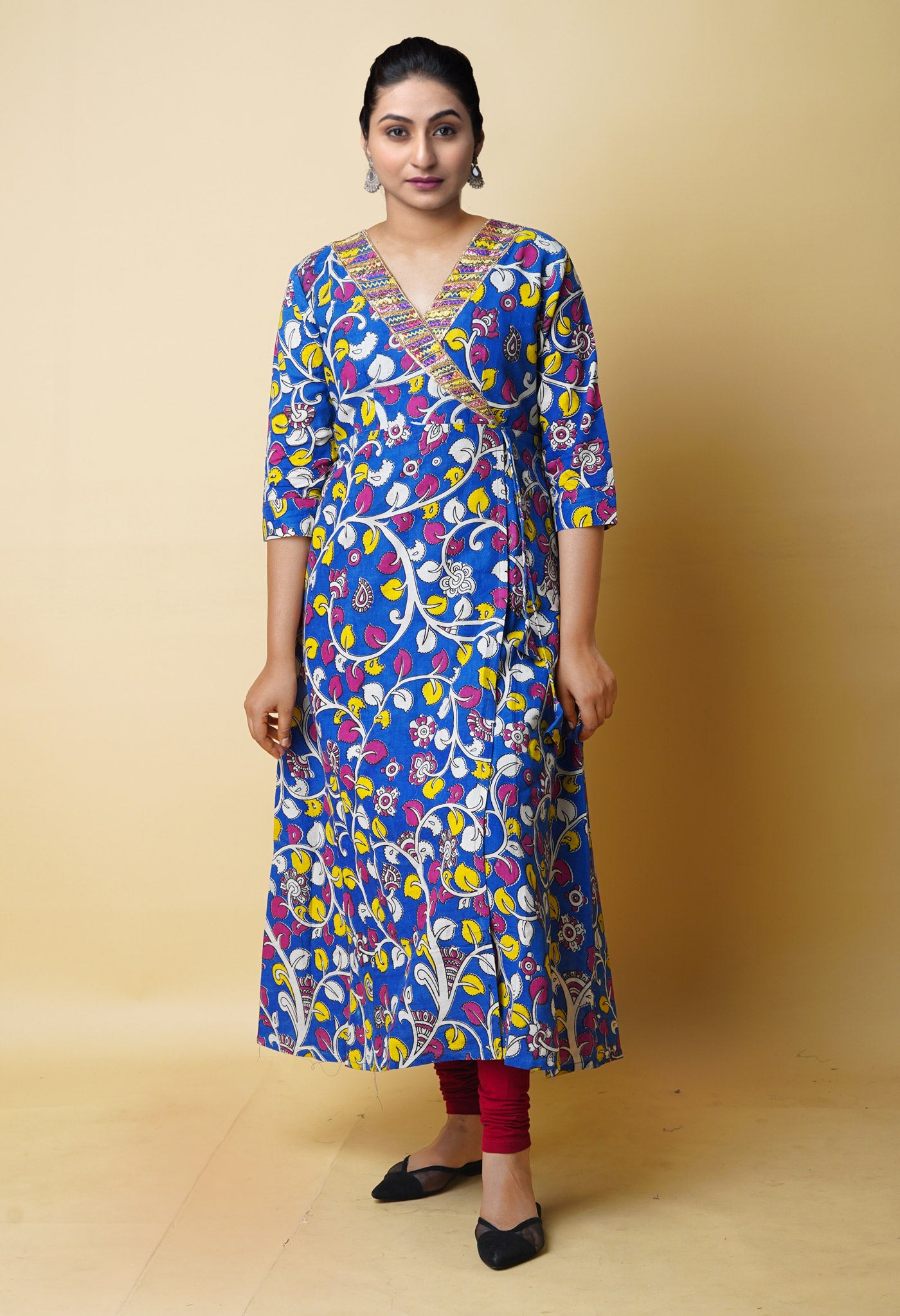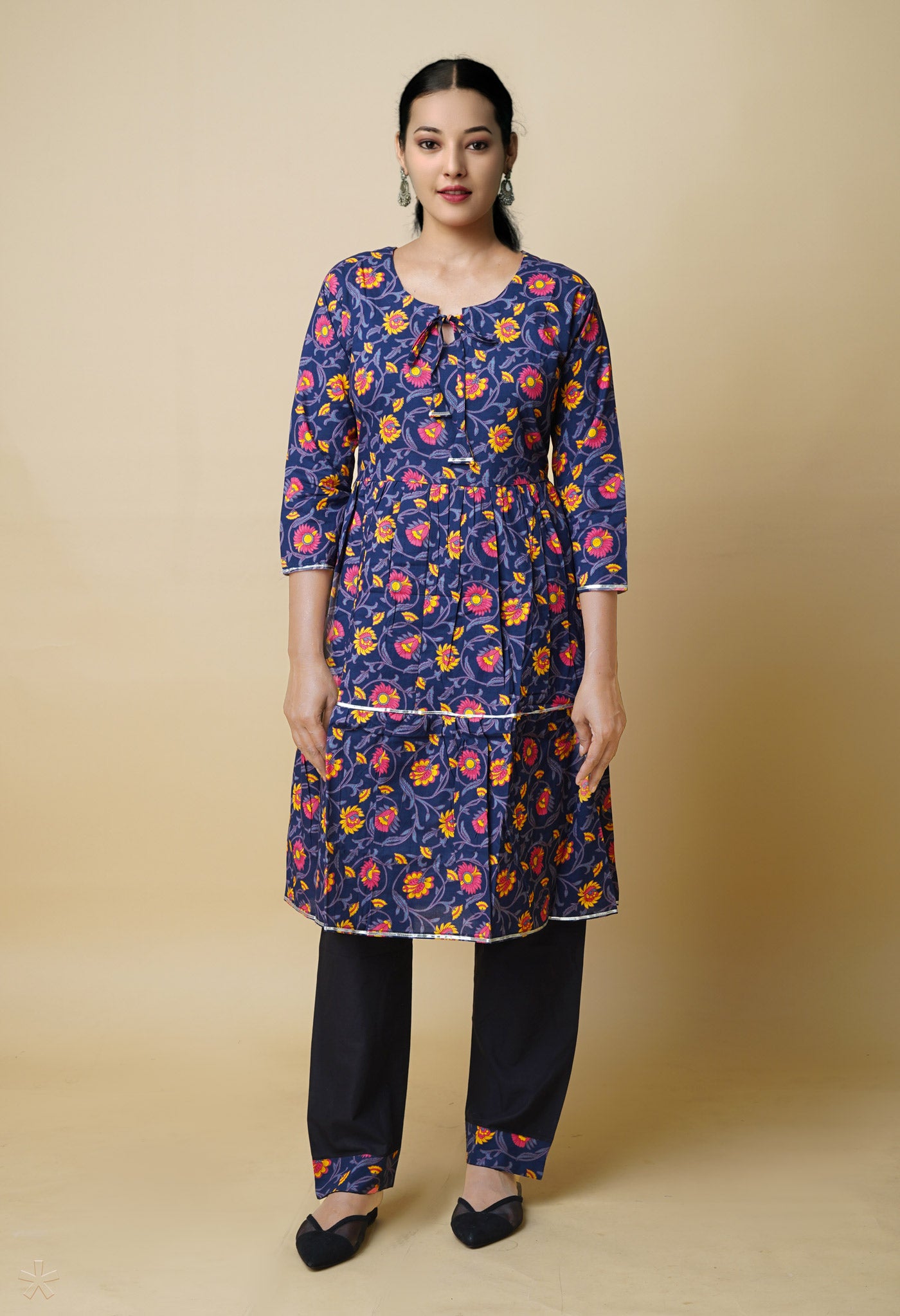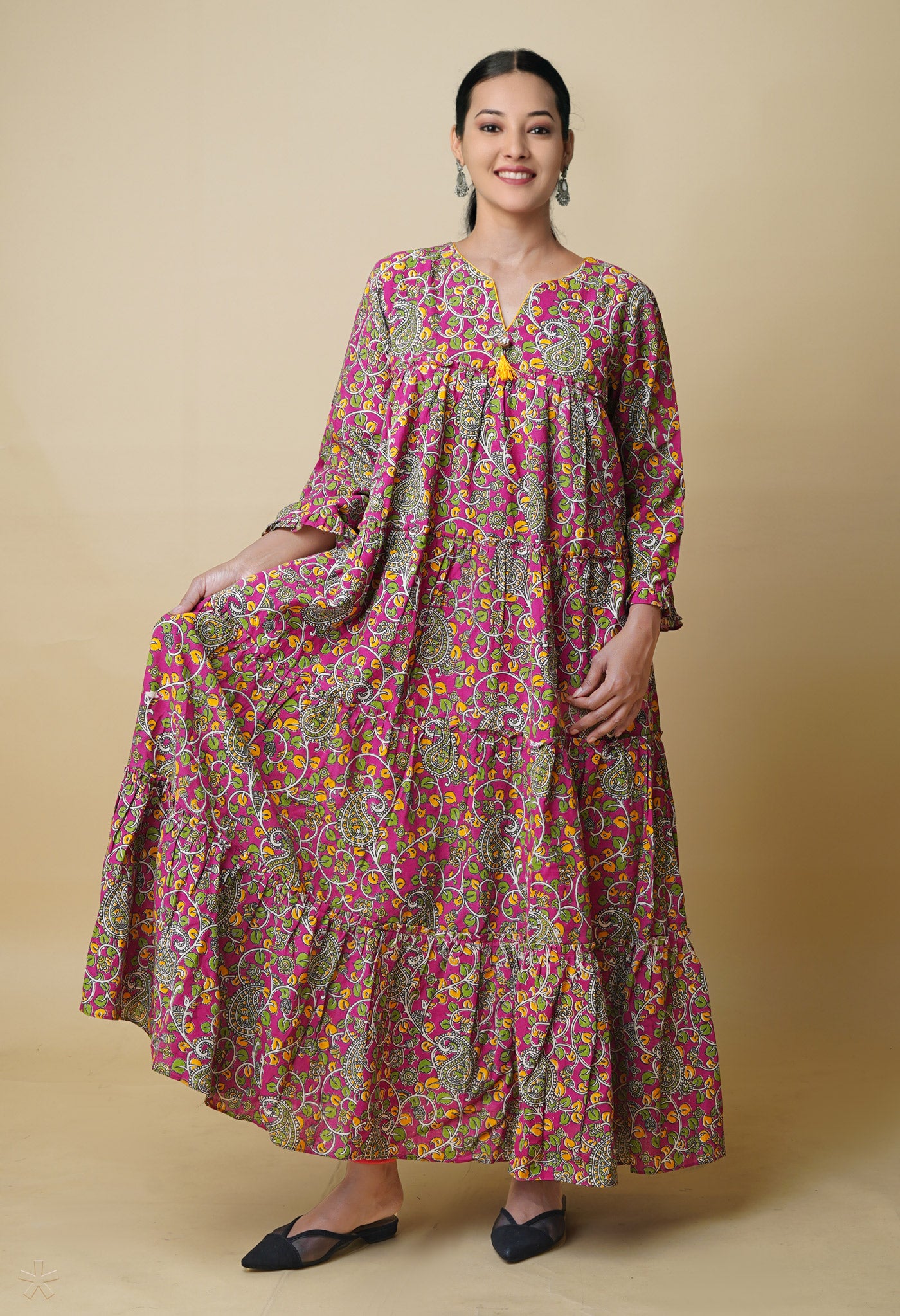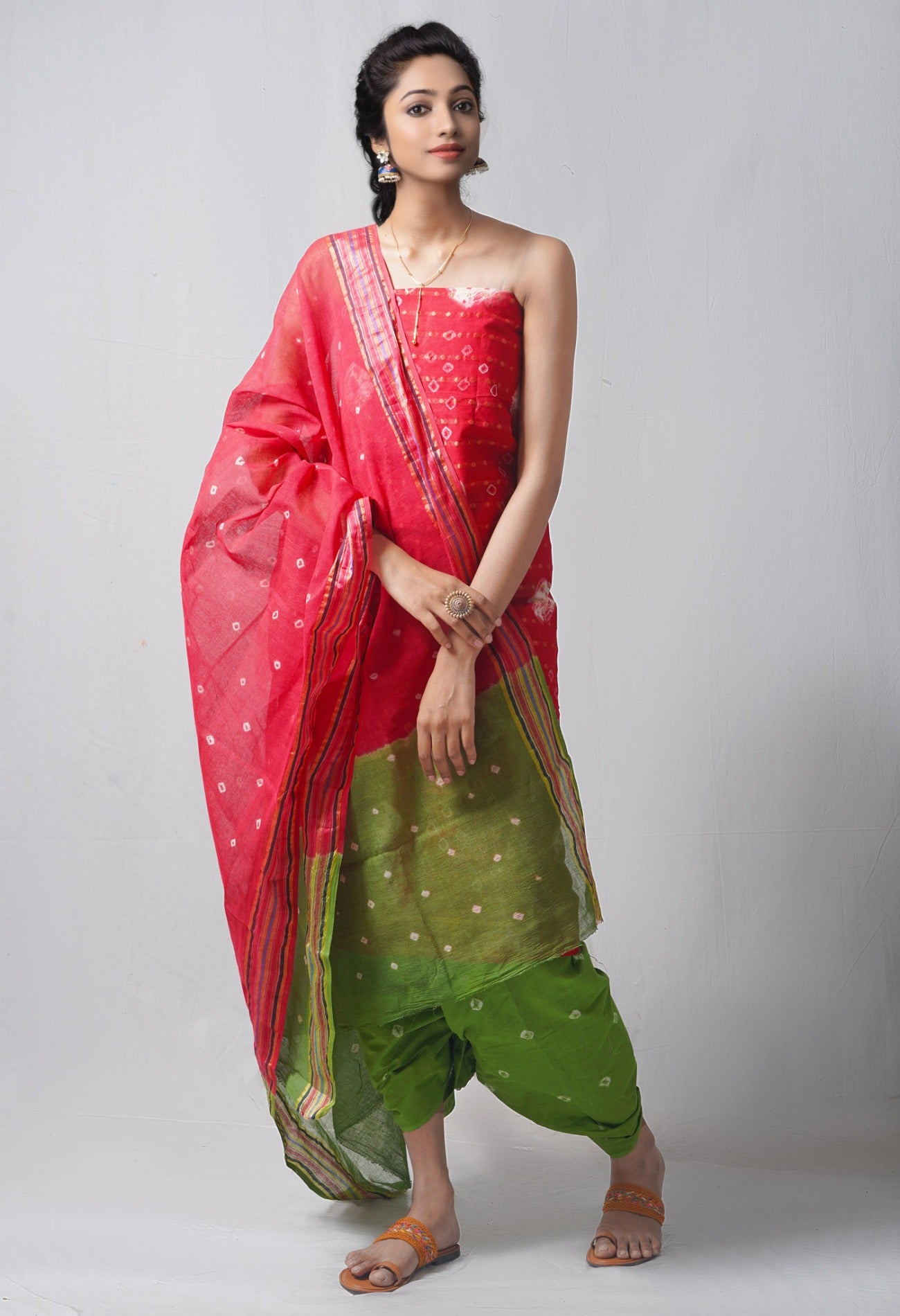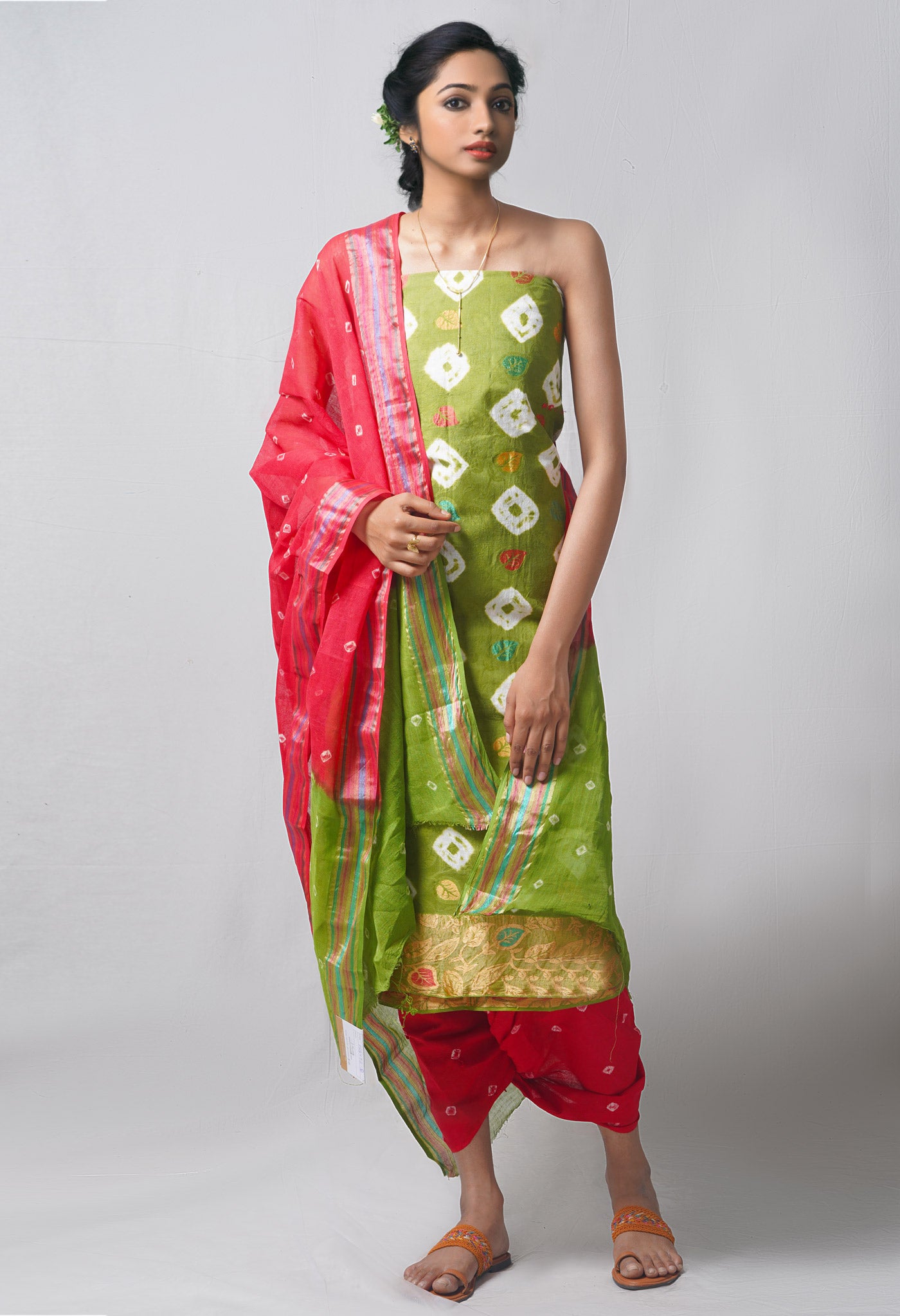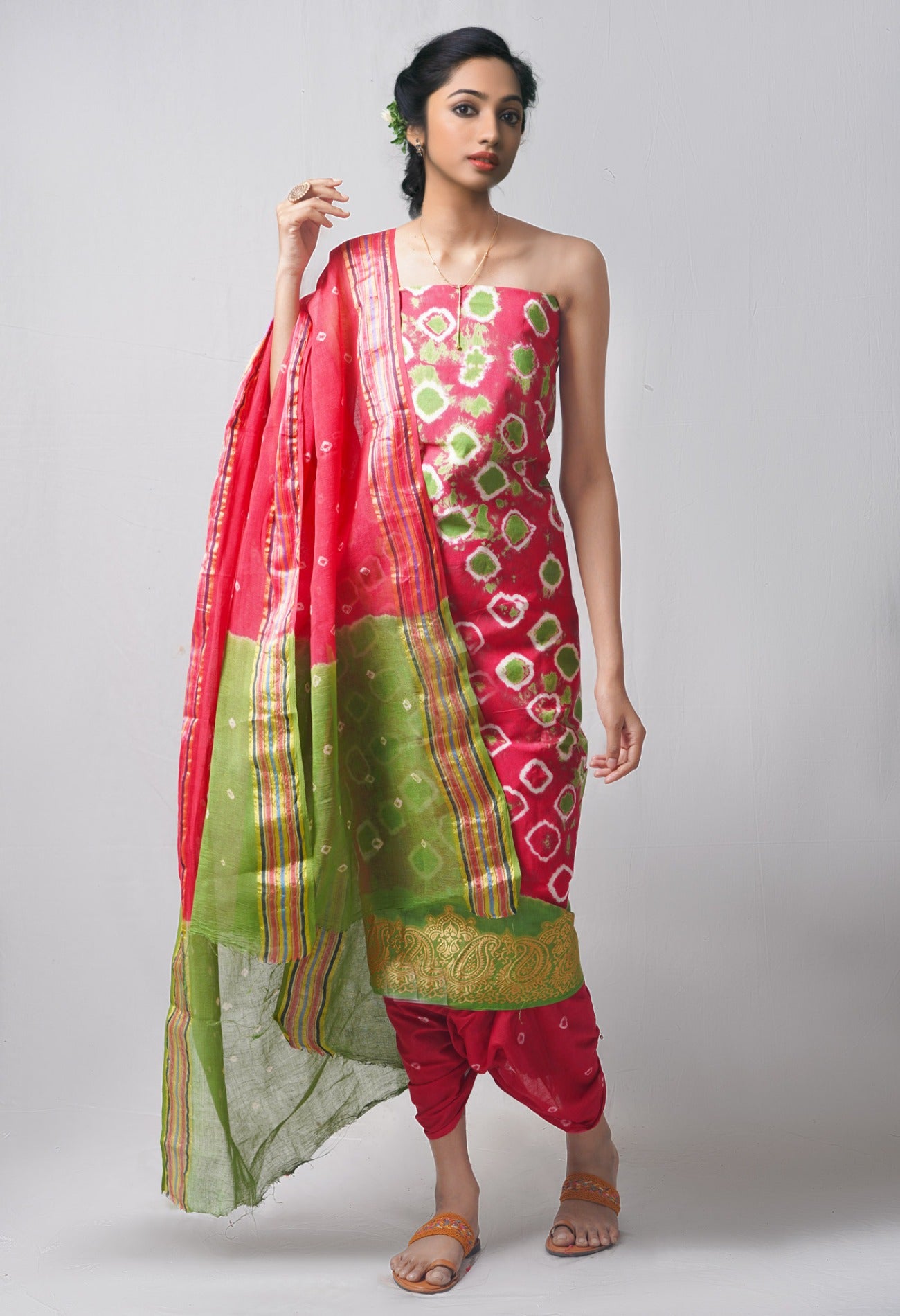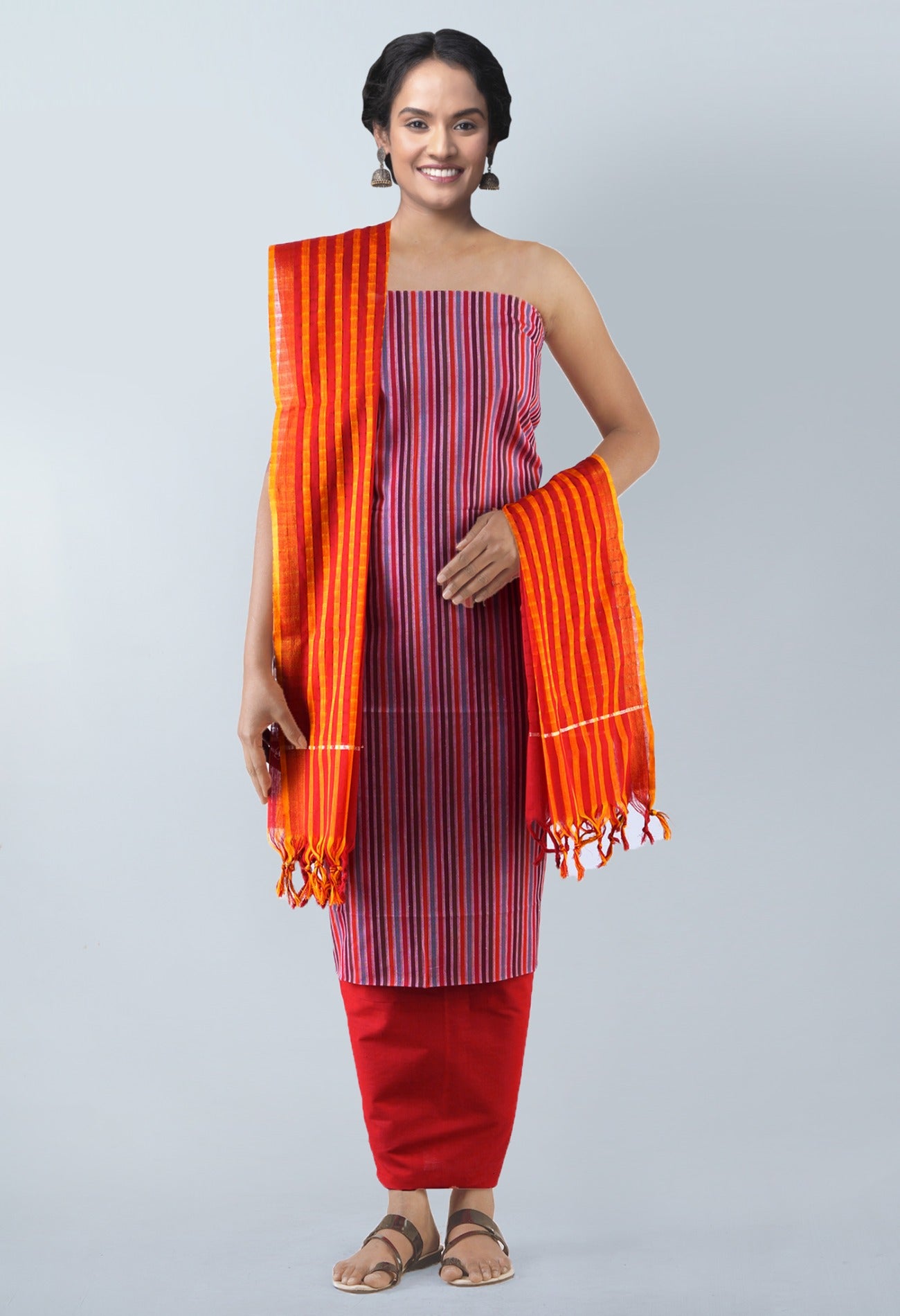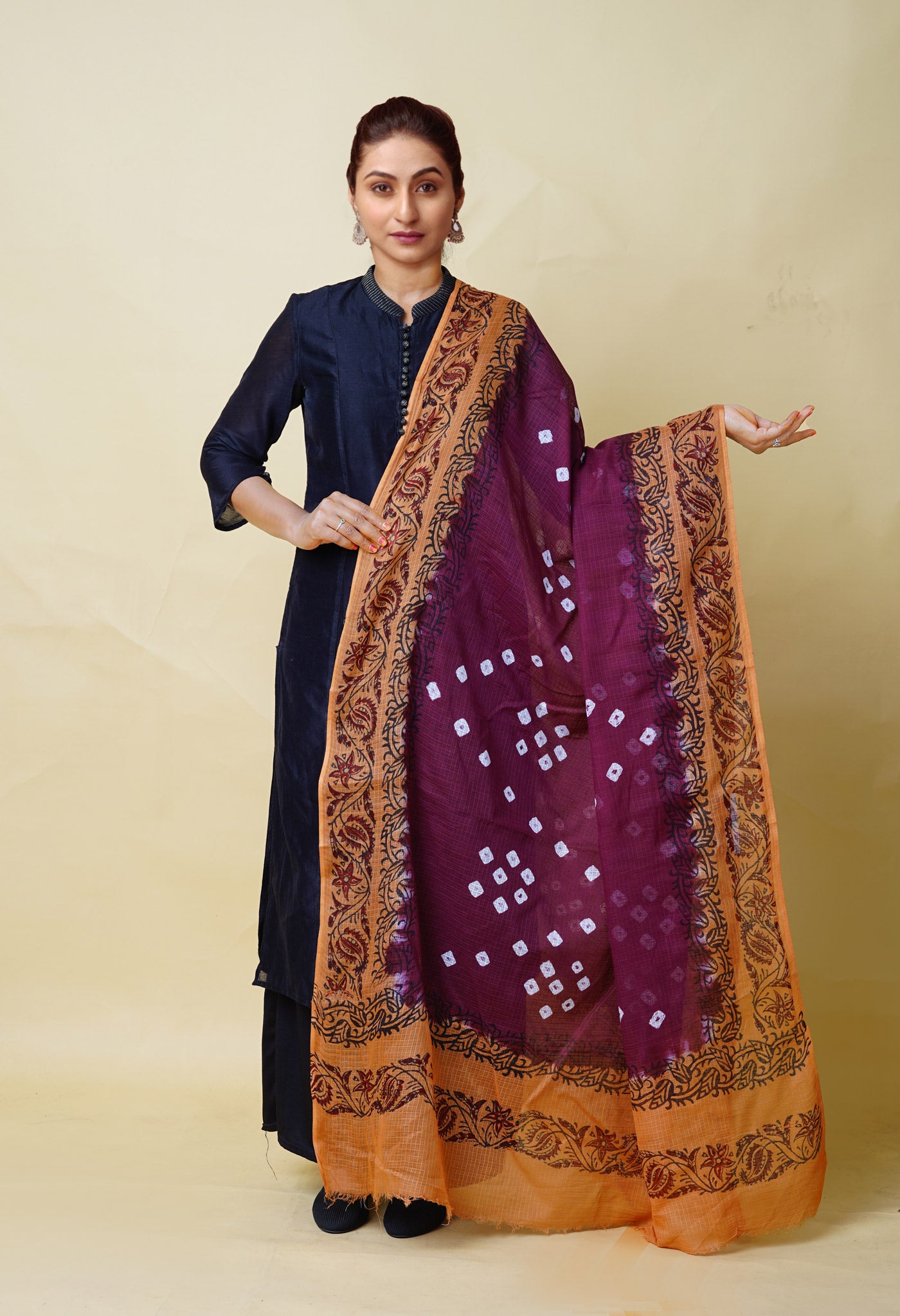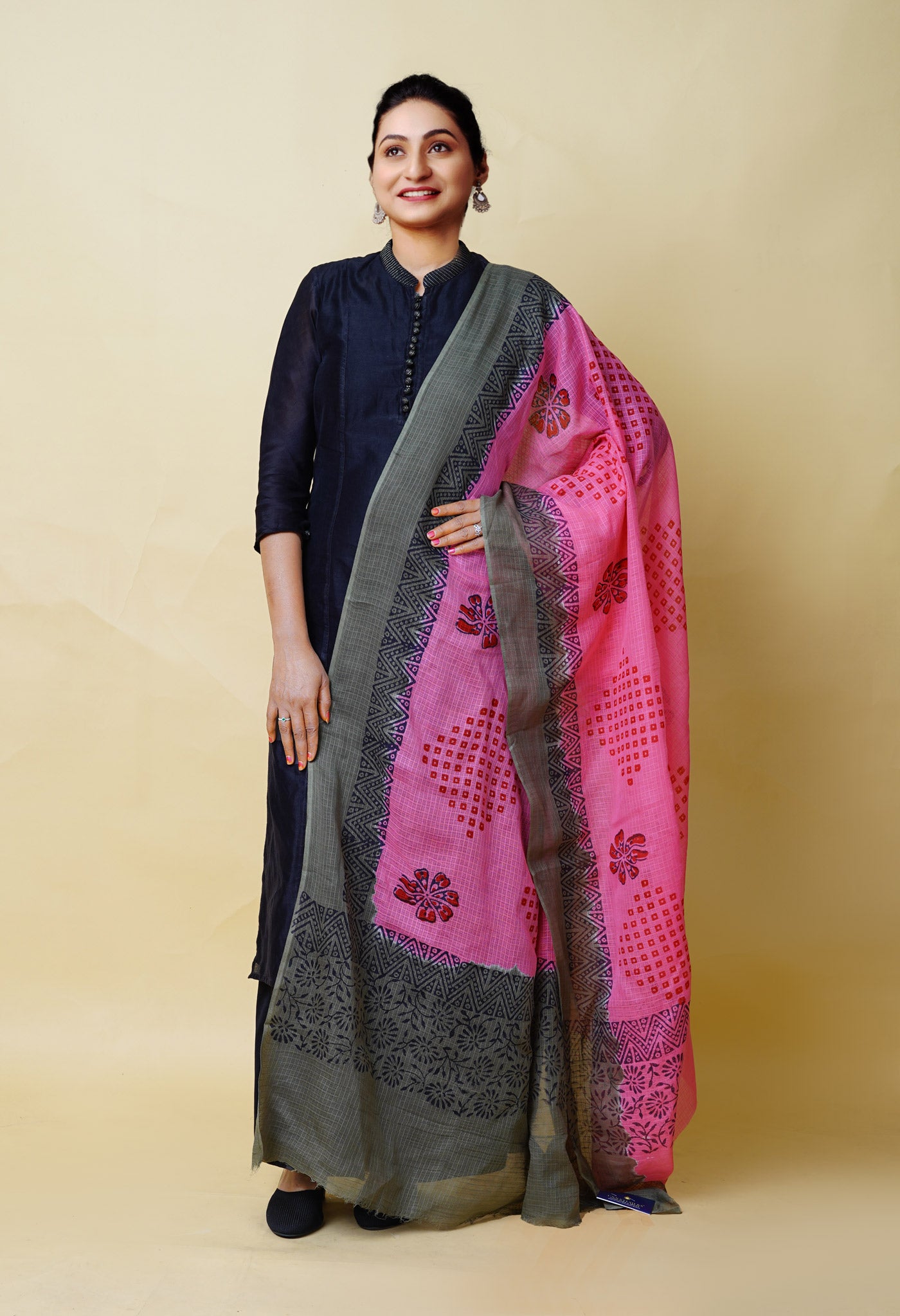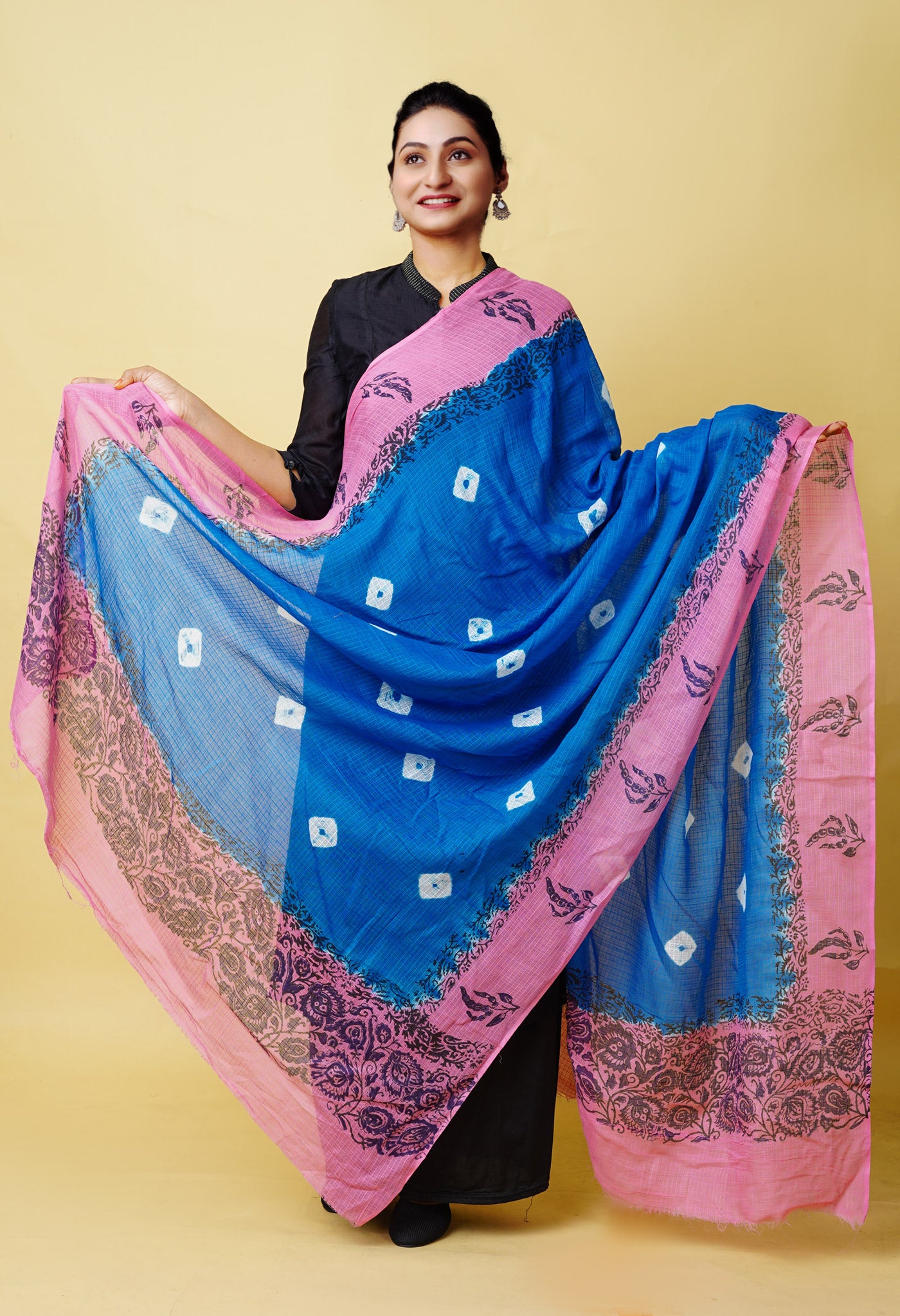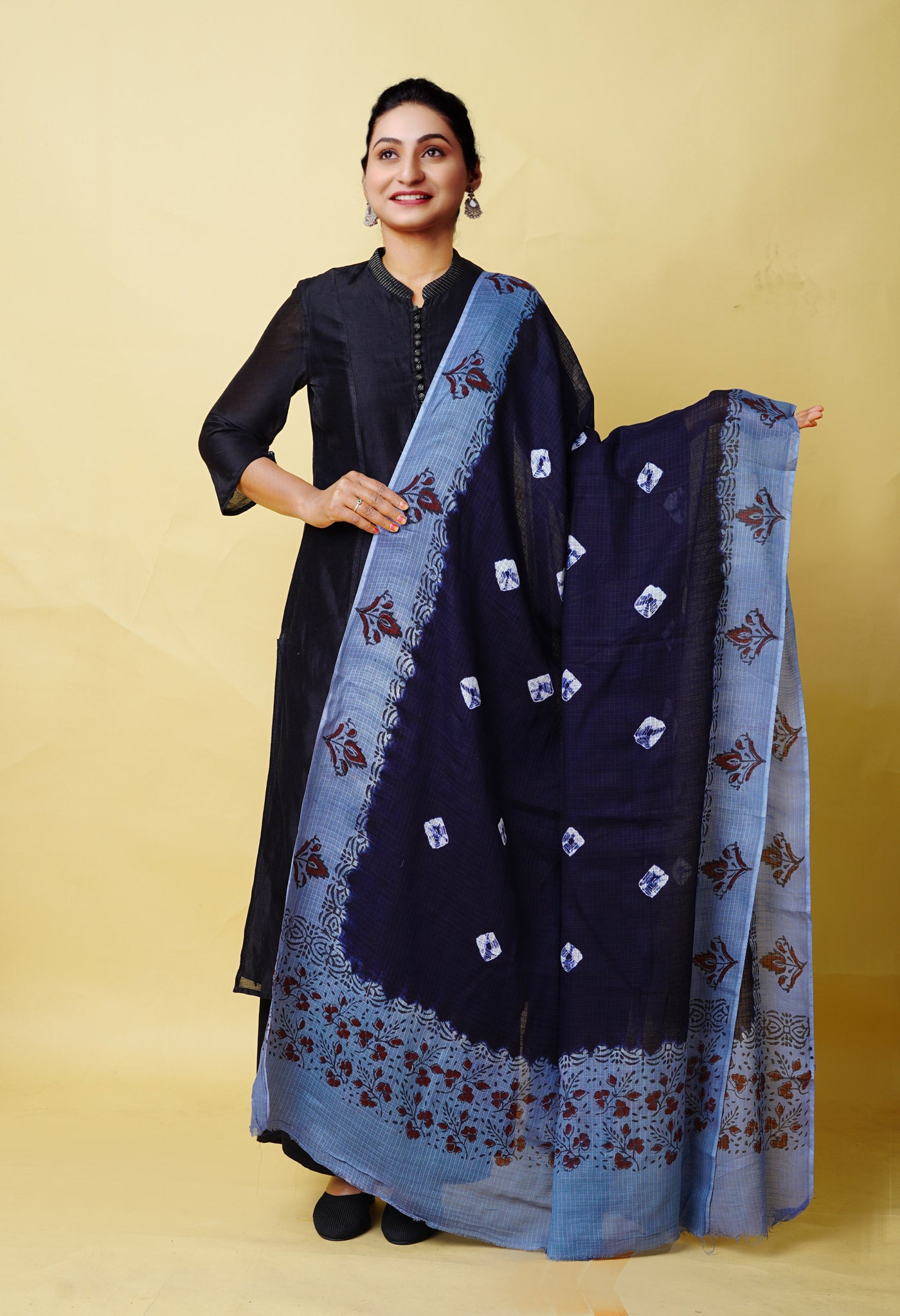
Love for Precision, Passion for Fashion ….. what is it about Indian Handlooms that makes them so special? Read on to know more
What are handlooms?
By pure definition handlooms are looms operated by hand and before the loom became operational crafted simply by hand and elementary devices. You have the warp or the longitudinal part of the loom over which the threads are stretched. You have the weft or transverse part which moves perpendicular or transverse to the warp thereby creating a lattice of interstices that becomes the woven fabric.

What is special about handlooms?
Each handloom product is unique and never replicated. The difference between seemingly similar products seen closely would reveal the slight changes in design, the orientation of a pattern, the border width or any other variation. Like an artist or any professional, who does not desire that any two works of his are similar but individually unique, so too the weaver, master of his craft creates the changes however slight they may be.
People do not understand the true worth of handloom. Not only is it a heirloom product, that defines the pulse of India, it also sees unity in its vast diversity. Handlooms empower a vast section of society that constitutes a rural population which has handloom weaving as its livelihood and which provides a mainstay to India’s economy. Each handloom product is woven with devotion and care, given that individual attention that intentionally the weaver tends to give out of love for his craft.

Handlooms have always been acknowledged in India and universally as having extraordinary potential to fuel a continuous stream of new and interesting fare, year after year. Rich in possibilities from permutations and combinations applied to a whole host of factors like design, color, pattern, manner of incorporating, adornments and so many others, it unfailingly sustains the needed variety and diversity that answer’s the expectant market’s constant need for change and creativity.
The level of artistry and intricacy achieved in the handloom fabrics is unparalleled and certain weaves/designs are still beyond the scope of modern machines. Handloom sector can meet every need ranging from the exquisite fabrics, which takes months to weave, to popular items of mass production for daily use.

Some misconceptions or myths harbored about handlooms
- When we say a fabric is handloom, it should be understood that it has been created or woven from yarn threads on hand operated loom.
In today’s age certain operations like spinning of the yarn into thread are done through power operated machines to save time and labour. It is still the hand operated loom that creates the weave from the threads. So it still remains a handloom or a weave that has been hand crafted.

Against this the machine made fabric is a product that rolls out the same across the entire length of the assembly line. There is speed in completion because the looms are power operated and but there are a whole lot of fabrics that are similar in look. Nowadays the term ‘handloom’ is used too frequently and too loosely without understanding its import – cheap man-made imitations are passed off as handloom many a time.
- There are two wrong ideas regarding the cost of a handloom product.
- There is a section of the public at large that believes that the product is made through cheaper means or manual method in comparison to the power loom product and hence the fabric should not cost as much as quoted.
What is not considered during such comparison is that the handloom fabric has special borders, motifs, certain design portions that employ the skill and precision of the weaver or weavers, to make the fabric look attractive and neat. This involves dexterity and precision and the price of the fabric most times, truly speaking, does not match the effort that is put in.
- Another section believes that the handloom weave that is cheap in price suffers in quality.

This is grossly unfair. There are only two possibilities for this. One that it could be a spurious product passed off as handloom or otherwise the product has been sold at a very low price by a weaver in order to make his ends meet.
- A frequent question by many is how does one recognize a handloom product?
A little knowledge about how the handloom weave is created (warp and weft), a little experience in buying and if one pays attention over time, touch and feel help quite a bit. Technology has made it more difficult than earlier in distinguishing between handloom and machine made merely by glance that was once possible by experts.
- There is a false belief that handloom will have a hole at points close to the border.

Well, there was a time when even expert weavers used the simple method of marking a pinhole when the day’s work was completed to be able to continue from that point onwards the next day. This is no longer applicable since many a weaver has made simple ways of remembering or marking without the physical pin-hole or mark that could have been seen a few years back.
- There is even a fantastic idea of handloom having a thread or a few of them hanging loose since it is woven by hand.
This is a fallacy and maybe one out of very many due to missing out in observation could pop up. Weavers are quite proud of their craft and take pains despite their straitened circumstances to deliver first hand products.
- Many believe that Khadi is handloom, which is wrong.

Khadi is purely hand-made. Both spinning of yarn for thread and the making of the fabric is done by hand. There is no involvement of loom. But handloom is woven or made on a loom operated by hand. That is why the finish of Khadi is uneven and texture not so smooth as that of handloom which varies from coarse to very fine depending upon the skill and artistry of the handloom weaver. No wonder handloom creations are accepted and acknowledged world-wide, both for interest and ethnic value.
There are numerous other doubts regarding being able to distinguish handloom from the ones that are not. Well! There are no specific parameters apart from these which can assure the person making the selection and even these are just guidelines that help to an extent.
Handlooms once thought of as loose weaves in comparison to the machine made ones have got better and better to make it no longer a criterion of distinction. Dull colors seemed to mean handloom because there was an insistence on organic colors mostly at one time. Now with so many pigments and eco-friendly dyes in use for handlooms even that does not hold true. There is almost nothing seen in handloom that cannot be seen in machine-made.

So what then? Well, like mentioned above, a little info on the way handlooms are created, interacting with those in the field of textiles about their insights and one’s experience in buying are what one can finally depend upon. Of course, the official ‘Handloom Mark’ wherever it is used, at least gives that much assurance that genuine handloom is being selected.
[/vc_column_text][/vc_column][/vc_row][vc_row][vc_column][vc_btn title="Shop Online for Beautiful Indian Handlooms" color="turquoise" link="url:https%3A%2F%2Fwww.unnatisilks.com%20||target:%20_blank"][/vc_column][/vc_row]

